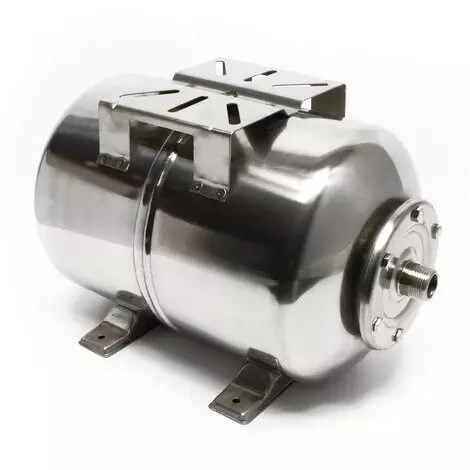Understanding Pressure Vessel Boundary Determination
When defining the boundaries of pressure vessels, crucial factors come into play, primarily centered around the potential for accidents and the severity of such accidents. Currently, there is no globally standardized regulation governing the scope of pressure vessel boundaries. The determination of these boundaries hinges on various elements, with the degree of harm resulting from an explosion being a significant consideration.
In the event of a pressure vessel explosion, the extent of harm is closely tied to the state of the working medium, the working pressure, and the volume of the vessel. For instance, if the working medium is a liquid within the pressure container, the harm is relatively small. This is attributed to the minimal compressibility of liquids, leading to a proportionally lower release of expansion force when the container ruptures.
Conversely, if the working medium is a gas, the potential for harm increases significantly. Gases possess substantial compressibility, resulting in a correspondingly higher release of expansion force upon vessel rupture. The instantaneous energy released is substantial, leading to a greater degree of harm.
Beyond the state of the working medium, other critical considerations for delineating pressure vessel boundaries include the working pressure and the volume of the container. These parameters contribute to the overall assessment of the potential impact and risks associated with pressure vessel accidents.
While there is no universal standard for pressure vessel boundary determination, a comprehensive evaluation of the working medium's state, working pressure, and volume is essential. This approach ensures a thorough understanding of the potential harm and risks, allowing for more informed decisions in establishing the boundaries of pressure vessels. As industries continue to evolve, the need for a global consensus on pressure vessel regulations becomes increasingly evident, emphasizing the importance of safety and risk management in their utilization.

In the event of a pressure vessel explosion, the extent of harm is closely tied to the state of the working medium, the working pressure, and the volume of the vessel. For instance, if the working medium is a liquid within the pressure container, the harm is relatively small. This is attributed to the minimal compressibility of liquids, leading to a proportionally lower release of expansion force when the container ruptures.
Conversely, if the working medium is a gas, the potential for harm increases significantly. Gases possess substantial compressibility, resulting in a correspondingly higher release of expansion force upon vessel rupture. The instantaneous energy released is substantial, leading to a greater degree of harm.
Beyond the state of the working medium, other critical considerations for delineating pressure vessel boundaries include the working pressure and the volume of the container. These parameters contribute to the overall assessment of the potential impact and risks associated with pressure vessel accidents.
While there is no universal standard for pressure vessel boundary determination, a comprehensive evaluation of the working medium's state, working pressure, and volume is essential. This approach ensures a thorough understanding of the potential harm and risks, allowing for more informed decisions in establishing the boundaries of pressure vessels. As industries continue to evolve, the need for a global consensus on pressure vessel regulations becomes increasingly evident, emphasizing the importance of safety and risk management in their utilization.


